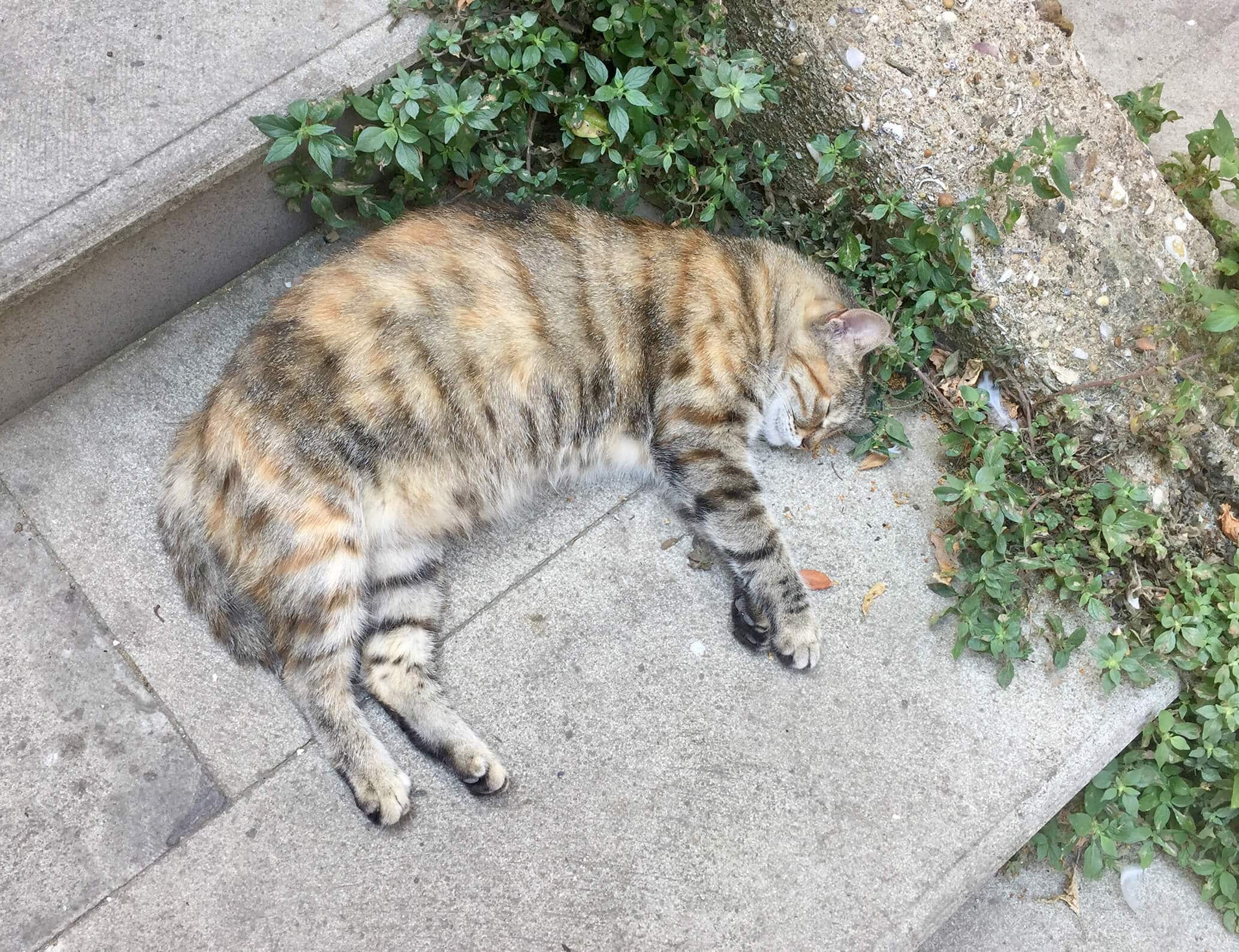Modern wars with their processions of explosions, urban sites shattered by missiles, farmland pierced by mortars, are also a matter of vibrations. The terrifying sounds produced by ground impacts also function as weapons of war, and the fear they elicit affects human and animals alike. The latter, however, seem to have a keener physical and physiological experience than ours, as though their senses – touch and hearing, mainly, as well as smell – allow them to feel the devastating violence of a bomb falling from the sky before us. In another context, it has been demonstrated, for example, that dogs can sense a coming earthquake tens of minutes before we can, feeling the vibrations from the shifting tectonic plates in advance with their paws. The filmmaker Robert Bresson, who frequently filmed animals, more generally highlighted their extreme sensitivity to all phenomena of tension impacting the atmosphere of a place, from the preparation of a stake (the dog in The Trial of Joan of Arc) to a combat between knights (the horses in Lancelot of the Lake) or the gratuitous violence of humans (the donkey in Au Hasard Balthazar).
It is rightly said that tension is palpable, and this is very much true in situations of war. The emergence of an animal iconography during a deadly conflict is not strictly intended to stir spectators on the deep human suffering sparked by the conflict, though it may well serve as a pretext for the escalation of victimization, recently seen in the case of the Kiev Zoo: images of fearful giraffes and felids began circulating at the start of the Russian invasion of Ukraine, as though they could transmit understanding of the fate of humans. This comparison, with its compassionate aims, can elicit a form of empathy, however small, with the martyrs of this tragic event, while shielding the reality of how a people confronts a brutal aggression. Those in charge of the Kiev Zoo furthermore pointed this out, refusing any relegation to a position of passive victim in this confrontation with the Russian army for themselves or their compatriots.
There is more to say on this animal presence in the representation of war. Beyond the clear anthropocentrism underlying the relationship of identification elicited by these images, there is more fundamentally a link between animals and the strategies that humans may adopt in these tormented periods. Gilles Deleuze and Félix Guattari clearly state this in A Thousand Plateaus, in highly concrete passages devoted to the becoming-animal of fighters in the field of operations. According to them, “War contained zoological sequences before it became bacteriological”; for example, “cats have been seen on the battlefield, and even in armies”, among other reasons, for their capacity to be affected by sensations alien to humans1. This is notably the case, currently in Ukraine, of a dog named Patron who, thanks to a sense of smell 100,000 times more developed than that of humans, is able to perceive the presence of mines placed underground by the Russians2.

Napoléon Bonaparte, quoted by Robert Bresson in his Notes on the Cinematograph
A cat sleeping in the Cihangir neigborhood, in Istanbul © Sarkis (Adagp, photo by Sarkis, 2021). https://jeudepaume.org/le-devenir-meute-de-l-humain/
This olfactory power undoubtedly fascinates, and is distinguished from an enhanced human sense. It can be used as a potential weapon in this context because it projects humans into a “power of affect” liable to truly disorient the enemy. As noted by Deleuze and Guattari in their work on Kafka, this entails positioning oneself on a ridge that leads us to oscillate between two animal poles: “between its own becoming-inhuman and an all-too-human familiarization”, which, as already indicated, is continuously sought out3. The becoming-animal of a warrior or a person resisting an attack presumes a transformation of their own power to be affected, in an unprecedented exercise of their own senses reconfiguring the coordinates of the confrontation. In this respect, we can also recall how in 2013, the occupants of Gezi Park in Taksim Square, Istanbul, escaped a police charge in the small streets of the adjacent neighborhood of Cihangir, like a pack of cats racing away from the forces of order who proved helpless in this urban maze (Cihangir happens to be a neighborhood overrun with cats). The sound of police boots on the vibrating cobblestone was an additional element helping scatter them. The Gezi protestors thus found a fully animal escape from ferocious repression, experiencing a becoming-animal that the students of Hong Kong in turn used in the labyrinth of their capital a few years later.
Perhaps it is this, ultimately, that justifies the use of animal imagery during periods of great turmoil – not only the experience of unknown affects serving as potential weapons against the enemy, but the development of human “schools, bands, herds” that make animal “celerity, ubiquity, metamorphosis”4 their own in order to vanquish the enemy.
Dork Zabunyan
2 There is an Instagram account devoted to Patron: @patron_dsns
4 A Thousand Plateaus, op. cit., respectively p. 266 and 268.
